
WAIT! If you’re a subscriber reading this in email format, before reading any further, please click on the title of the post right above in order to view the blog in the glory it was meant to have on the actual blog website.
________________________________________________________
MAPS (Monitoring Avian Productivity and Survivorship) banding is almost over for the summer with just one more session to go. Be sure to read the last section of the previous blog post, “Sayonara Spring…“, to learn more about this rigorous, national scientific research effort.
July was hot and wet and started off very slow with little more than ten birds a day and hardly any babies. However, the past couple of weeks have shown a marked increase in birds and bird babies! As you can see from the chart below that breaks down our total MAPS catch each year starting in 2011, this year’s baby boom appears to have been delayed by several of periods from last year (each period is 10 days and there are 8 periods each summer). Last year, the boom happened in Period 3 with 26 birds, whereas this year it didn’t occur until Period 6 with 23 birds. This delay was probably linked to the slow,cool spring and overabundance of rain in early summer. 2011 was just an exceptionally great year for our birds and probably abnormal.
Pd. 2011-2012-2013
1) 26- 19 -10
2) 32 -19 – 17
3) 27 – 26 – 16
4) 23 – 25 – 11
5) 43 – 31 – 13
6) 32 17 23
7) 26 -23 – 24
8) 34 – 24 –
Last week was the best this summer with 24 birds including hatching year (hatched this summer) Gray Catbirds, Wood Thrush, Carolina Wren, Blue Jay and Ovenbird.


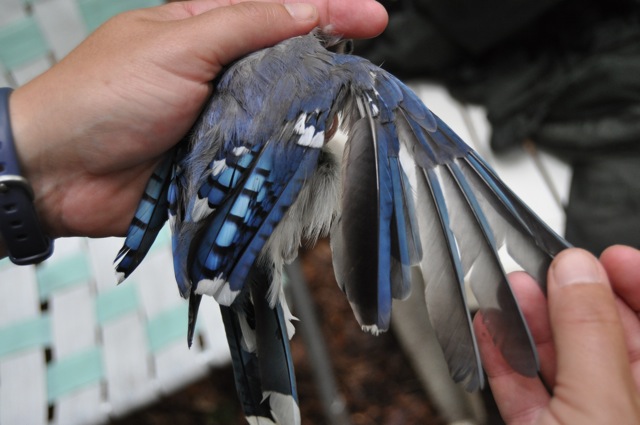

The hatch year Ovenbird was significant because, although these are usually the bulk of our catch during the summer, this year we have only caught two Ovenbirds. We suspect it was not a good year for breeding Ovenbirds in Rushton Woods either because of all the rain or an increase in predators like chipmunks. Ovenbirds are vulnerable to forest floor predators and flooding from rain because they build their nests right on the ground amongst the leaf litter.
Pictured below are other great birds we’ve banded thus far during our 2013 MAPS season.

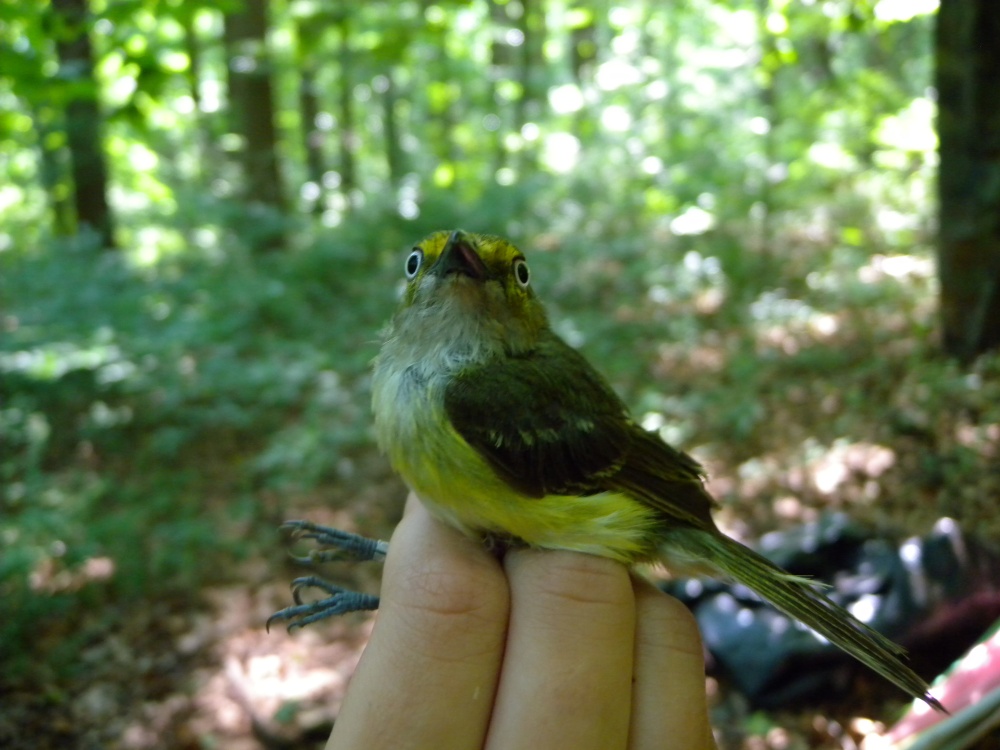




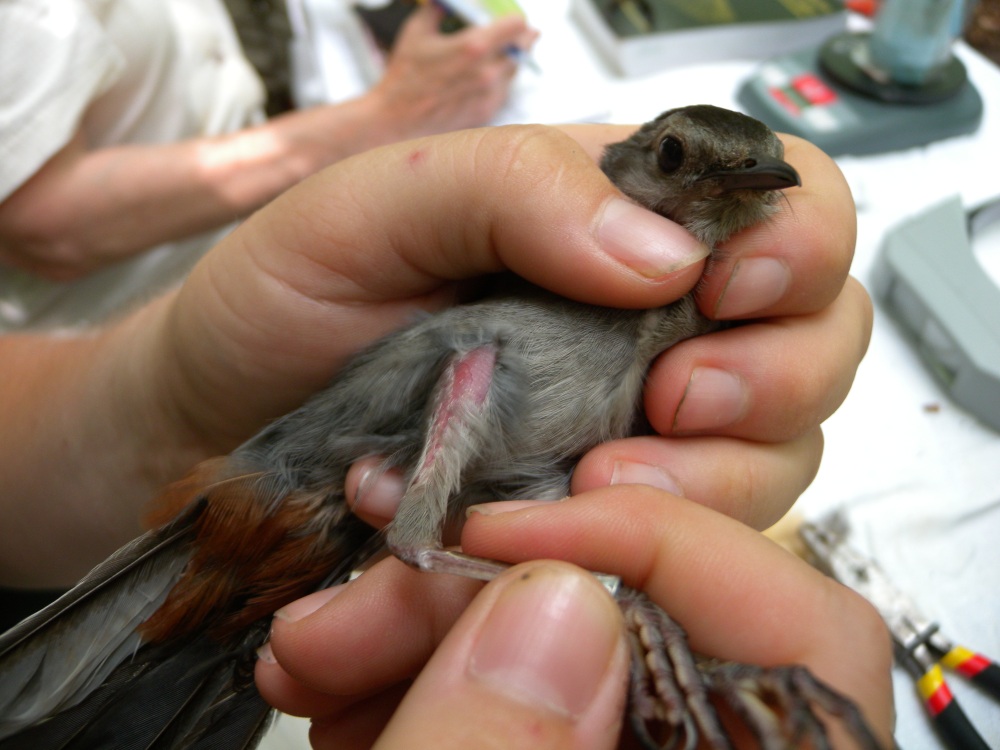



National Moth Week
Did you know National Moth Week was last week, July 20-28? Or that National Moth Week even exists? Every week, spring through fall, can be moth week! If you’re looking for a surprisingly fun and easy nature activity to do with your kids this week, try mothing! Mothing is sort of like birding; it’s simply the act of discovering and enjoying these silent, winged creatures of the night in order to connect to nature and contribute to their conservation. As birding is more enjoyable with binoculars, mothing is made more enjoyable with a digital camera that can capture the minute details that our eyes can’t see. Through the lens of your camera, I guarantee you’ll be blown away by the beautiful colors, patterns and diversity of the moths in your backyard!

Now, how do you find these moths at night? One way is to simply turn on your porch light and take close-up pictures of the moths that come to it. Another way is to set up a black light with an extension cord out in your yard and shine it on a large white sheet on a clothesline. The moths that are attracted to the light will rest on the sheet, allowing you to observe them and get pictures. The theory behind moths being attracted to lights is that they navigate by the light of the moon, so light disorients them. Another theory is that UV light stimulates pheromone receptors on the moths’ antennae, luring them in.
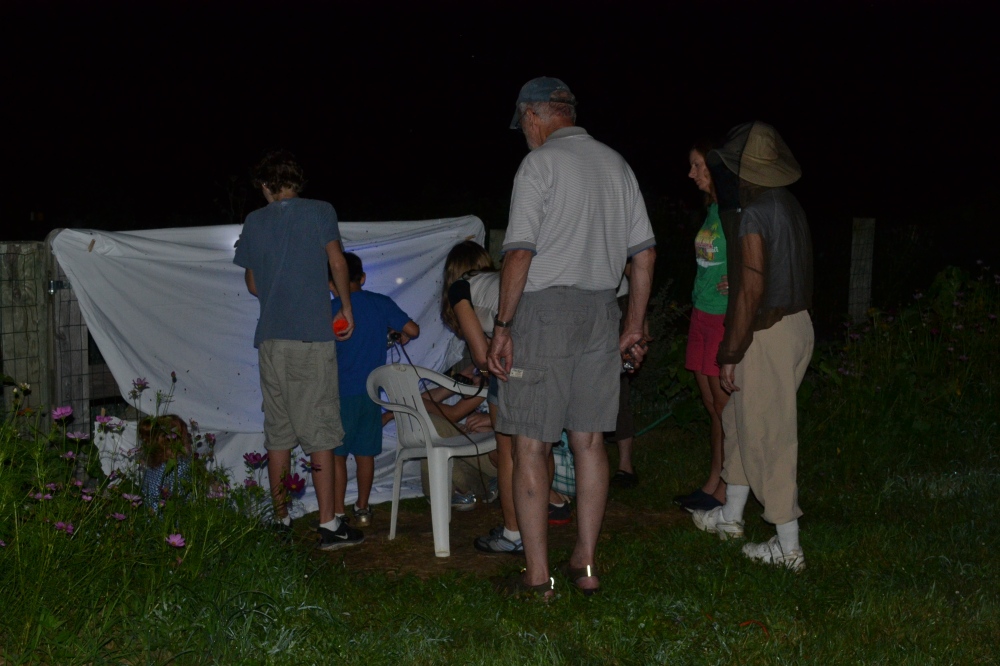
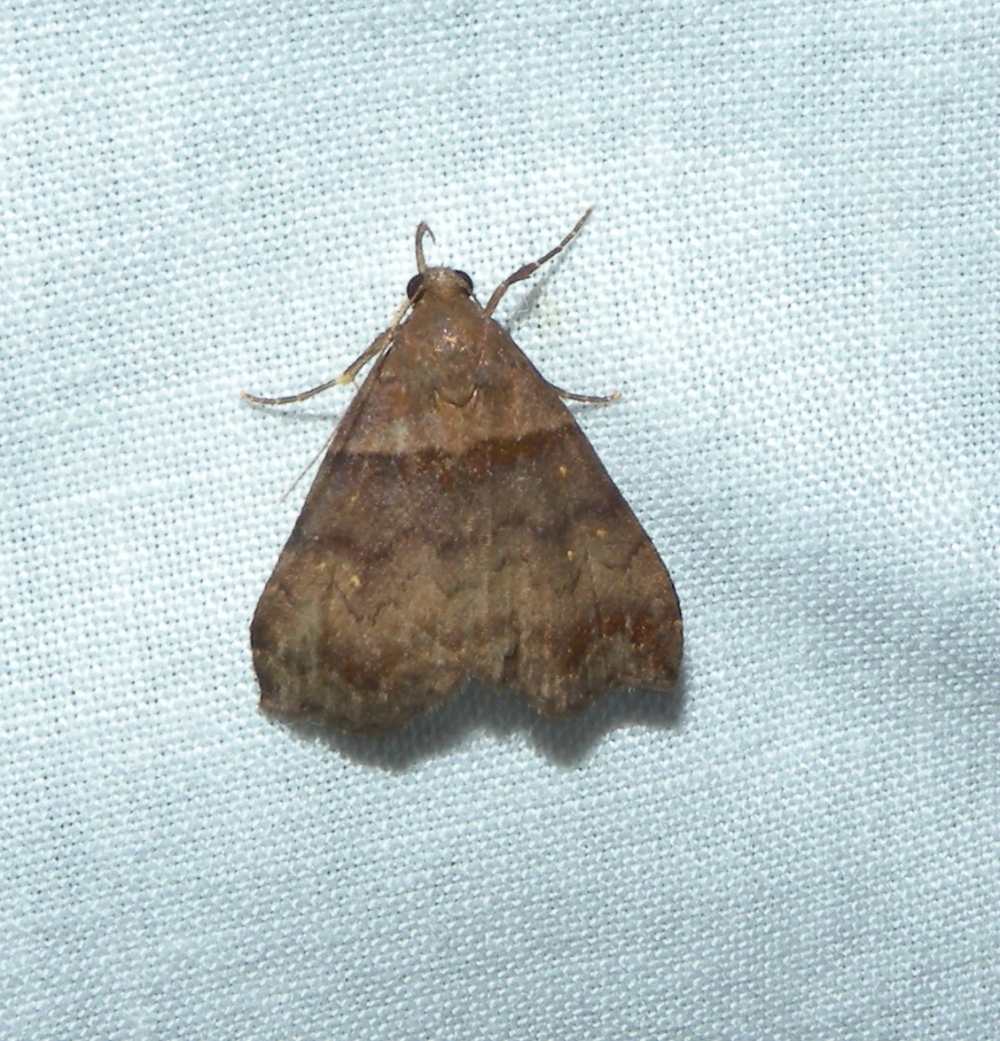
Then there’s the Bait and Wait method for those moths that aren’t into the light. For this method, you need to make a gross concoction of beer, rotten fruit like bananas, sugar, maple syrup , and anything else along those lines you can think of. If you have time, let this mixture ferment for a few days, although it’s not mandatory. Paint the mixture on some trees about an hour before dusk and then go back and check the trees every 30 minutes or so after dark. Sneak up on the moths quietly (they can hear!) and with a red light if you can, to avoid scaring them off before you snap your picture. If you use a regular flashlight, you’ll be able to see their eyes shining in the light as you approach! Time to get your stealth on. I’ve found that some species are more shy than others.

As with birding, it’s important to report your mothing observations to a database. If you get a chance to try to identify the moths you find you can submit your sightings (with picture proof) to BAMONA (Butterflies and Moths of North America). This website is a great reference for learning about moth and butterflies and is an attempt to collect and share species information and occurrence data. Another great website for learning about moths and their identification is John Himmelman’s “Moths in a Connecticut Yard”. On his website, Himmelman also displays his wonderful books, including children’s books, about moths and night-singing insects.
It is especially important to report your moth data because there is so much we don’t know about these elusive creatures. While there are only about 1,000 butterfly species in North America, there are 11,000 moth species! There is much more to learn about moths and their distribution in order to be able to contribute to their conservation. Every night you turn on your porch light, you have the chance to be a citizen scientist and contribute to our knowledge of moths. Plus it’s fun and exciting! On a good night of mothing, you can easily find over a dozen different moth species, and you can attract different species at different times of the year ( during spring, summer and fall). It really is quite astounding!
Moths are an important part of the environment for a number of reasons. They are a valuable source of food for bats, which are in dire need of all the help they can get in light of White-nose Syndrome (watch this documentary to learn more about this sad environmental disaster), and the moth caterpillars are a vital part of the diet that most adult songbirds feed their nestlings. Unfortunately, moths and other flying insects have been declining for several decades, which is negatively affecting birds that rely on them like Purple Martins and other aerial insectivores. This is just another reason why it’s so important to get more citizen scientists to take an interest in moths. The more we know about their distribution and biology, the better we are able to conserve them.
In addition to providing food for birds and bats, moths actually do a lot of pollinating of our fruits and vegetables long after the bees have gone to bed. This month, we held a mothing night at Rushton Woods Preserve and Farm for our Junior Birders and found that Rushton supports a variety of these night pollinating mysteries.
The 3.5- acre sustainable farm was designed to be a nature preserve that enhances and complements nature while providing more food per acre for the community than any traditional large-scale farm. In the five years since the farm was started, we’ve documented an increase in human members, migratory birds and pollinating insects at Rushton. (Read page 37 of the Land Trust Alliance’s summer publication to learn more about the unique Rushton Farm).


Until this month, however, no one thought to check out Rushton’s moth diversity!
Pictured below are some of the beautiful moths we discovered and reported. Two were new reports for the county and one is in the process of being confirmed by BAMONA as the first for Pennsylvania! It just goes to show that you never know what you might discover when you go looking for moths in the night…

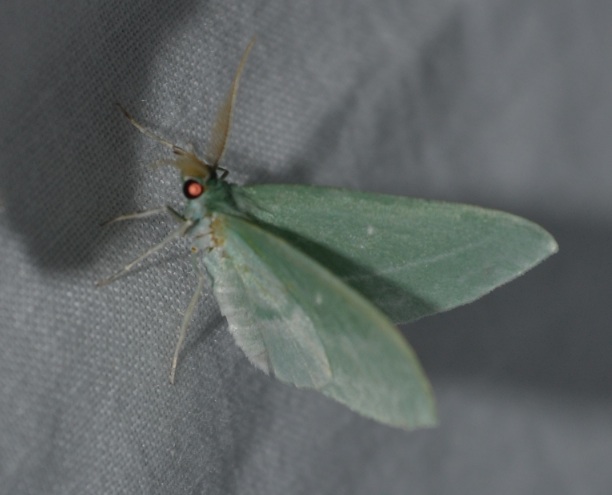
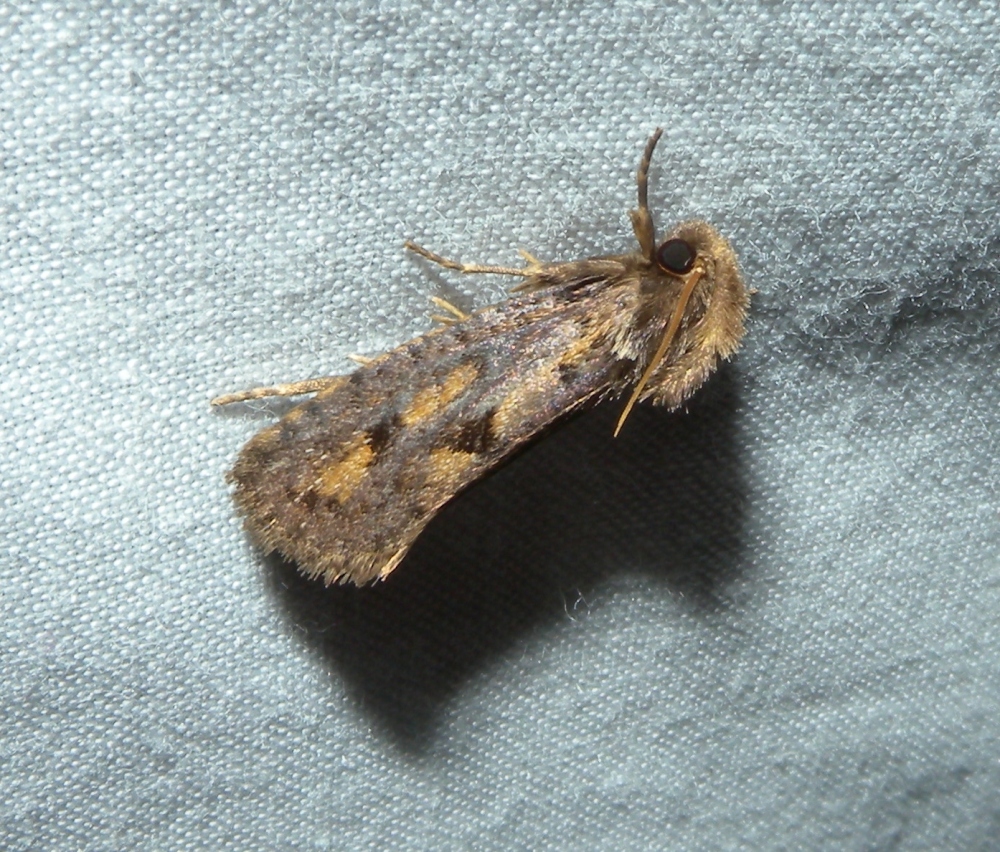
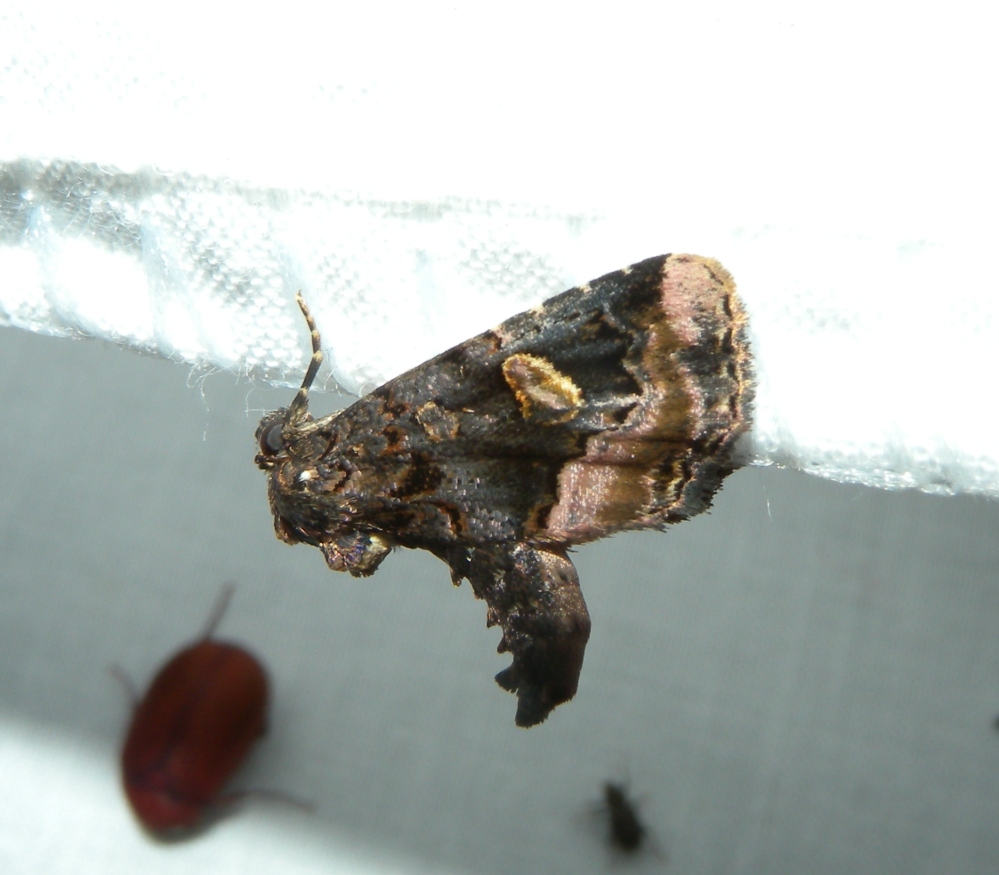




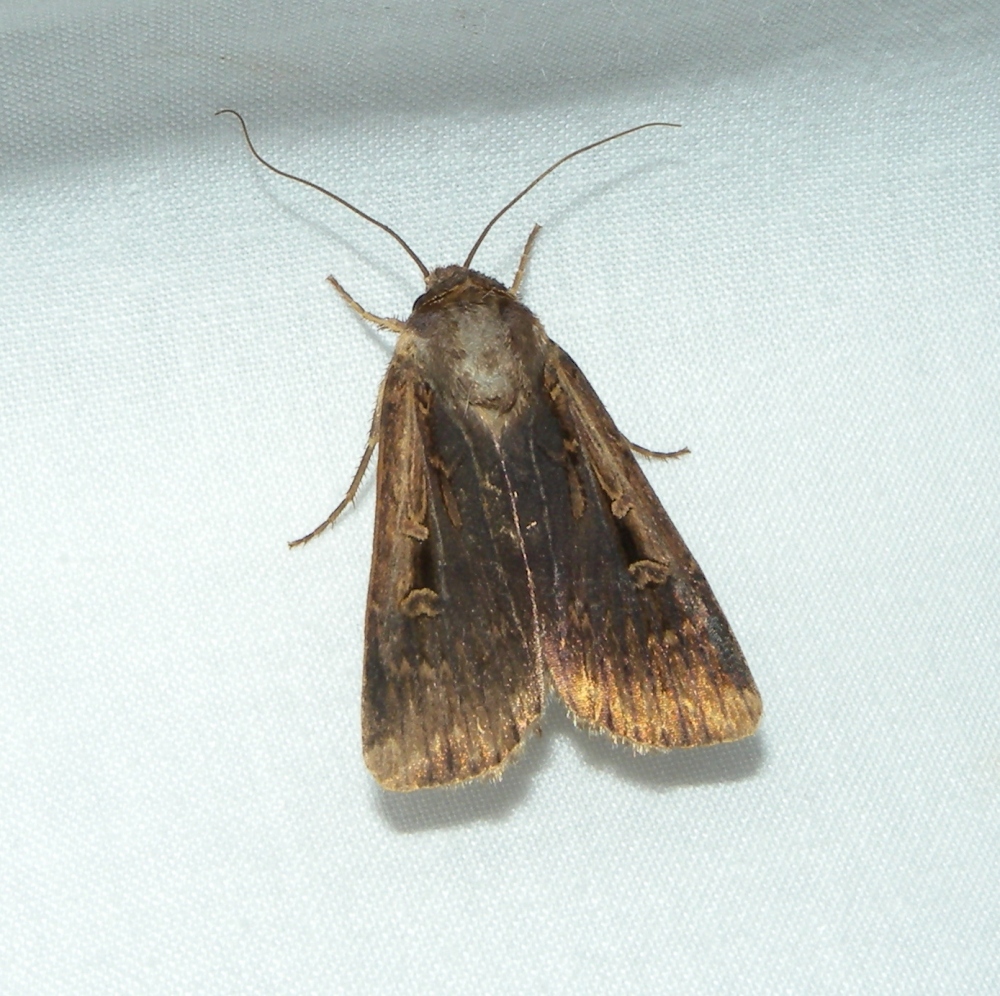






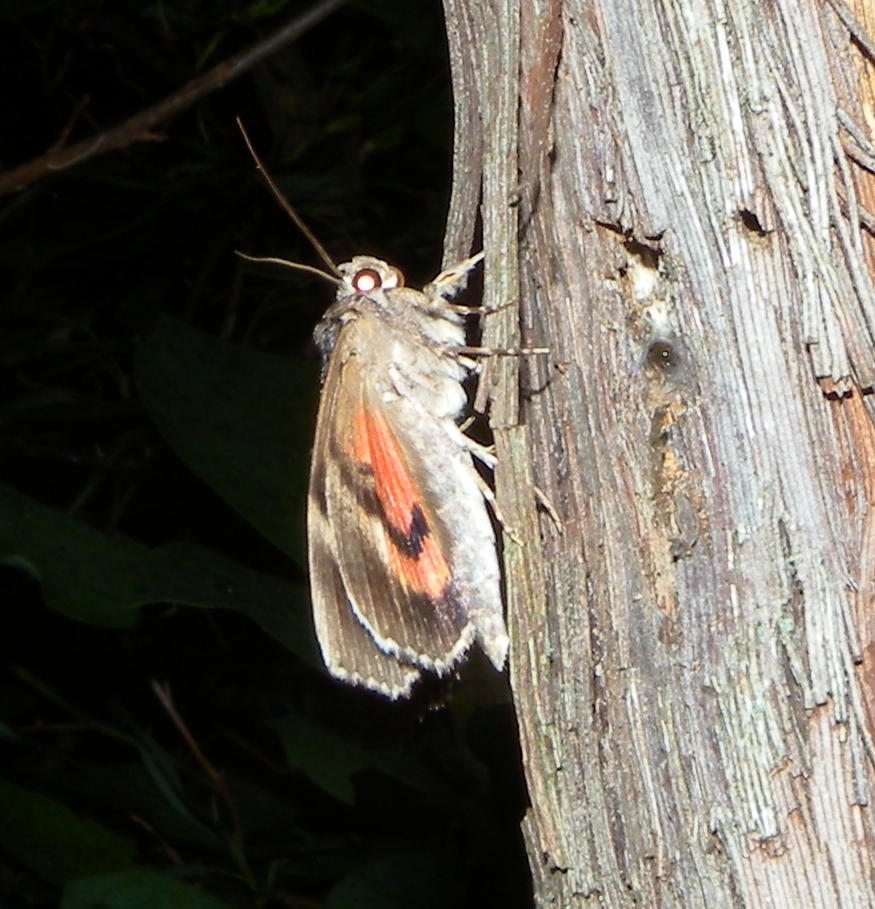
Sometimes you don’t need lights or bait , just a bit of luck! This Tuliptree Beauty landed on my arm while my nieces and I were mothing at home!

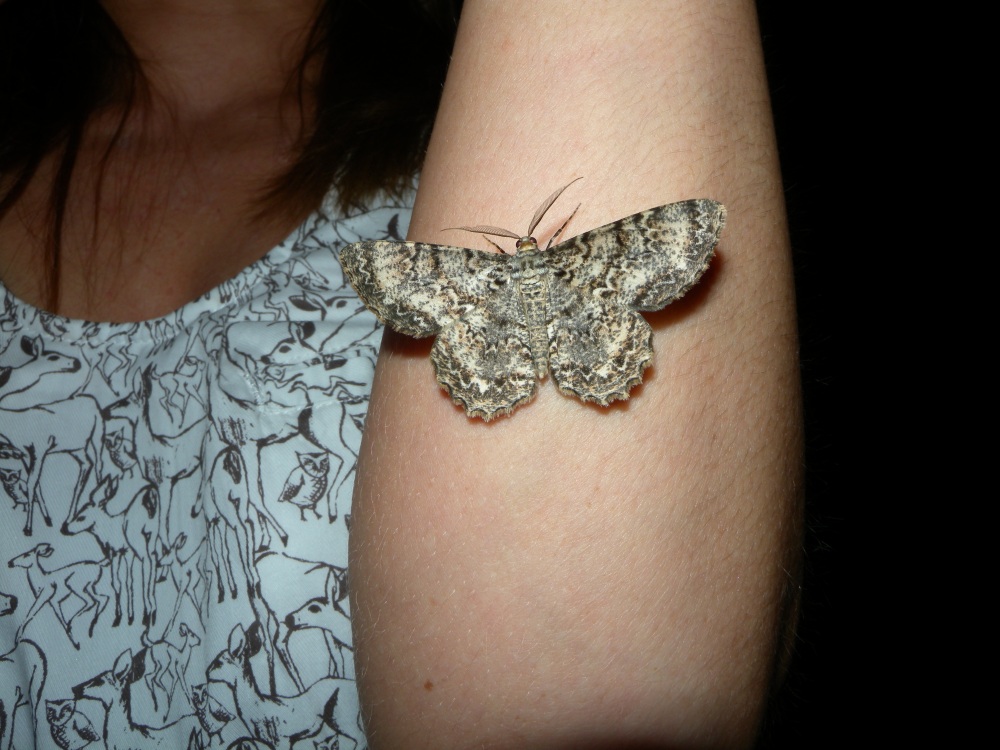
Here’s a large Waved Sphinx we had to extract from one of our nets while bird banding last week! I don’t know how Lisa Kiziuk did it, but she’s Director of our Bird Conservation Program for a reason! If you can gently extract a delicate moth out of a net, I’m pretty sure you can extract any bird.

And here’s an uncommon, spectacular moth my sister found on her doorstep this weekend. It’s an Imperial Moth, in the Royal Silkworm Moth family (with Luna Moths). The larva feed on pines.
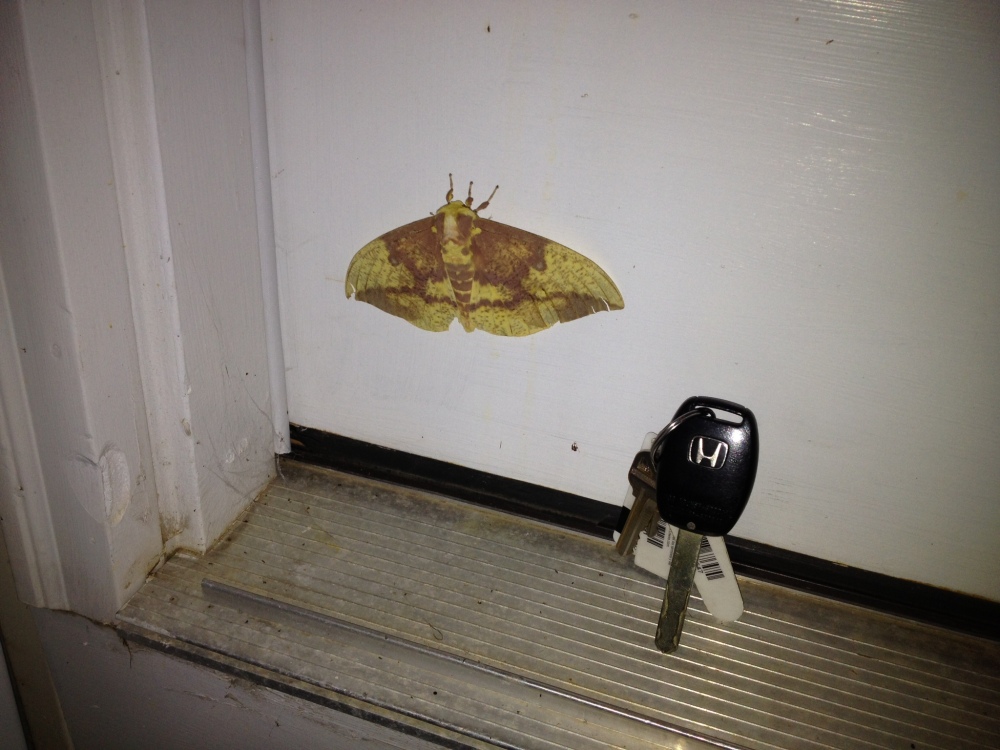
There’s a lot going on in the woods,
Blake
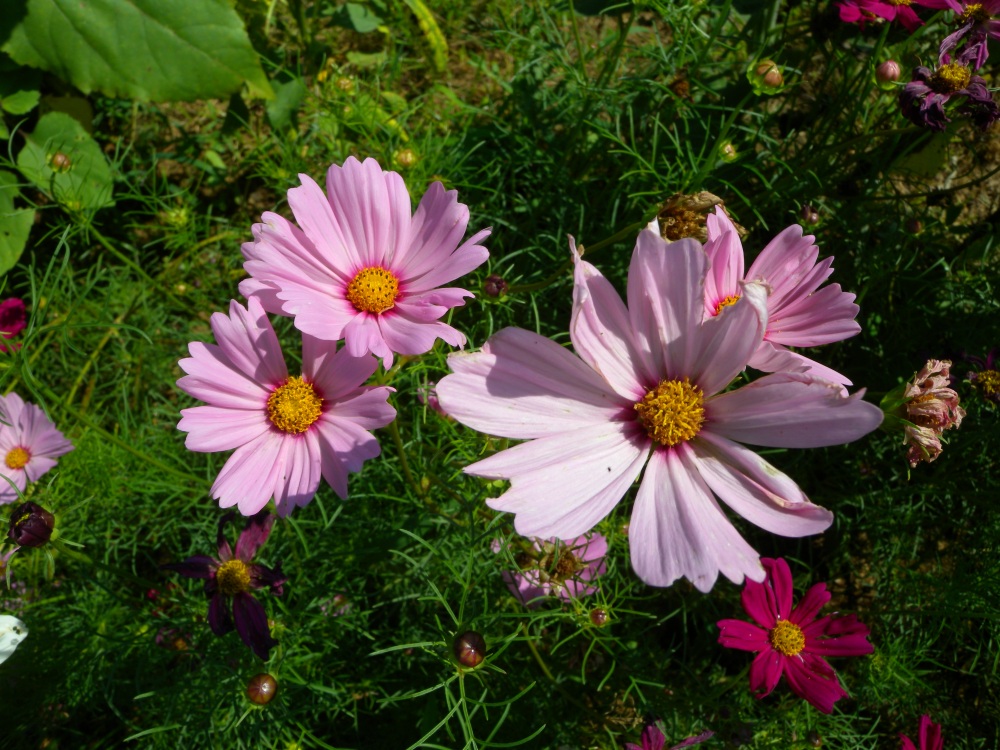
Hi Blake! Really enjoy your report & photos. That Clymene Moth is a real beauty, one I have never seen before. Thanks for sharing all the birdie, mothy goings-on at Rushton as always. Hope I will get a chance to visit soon this fall.
Mariana
Thank you Mariana! Yes, the Clymene was quite stunning! We never know what surprises nature will throw our way when we’re working in the woods. Hope to see you this fall.
~Blake